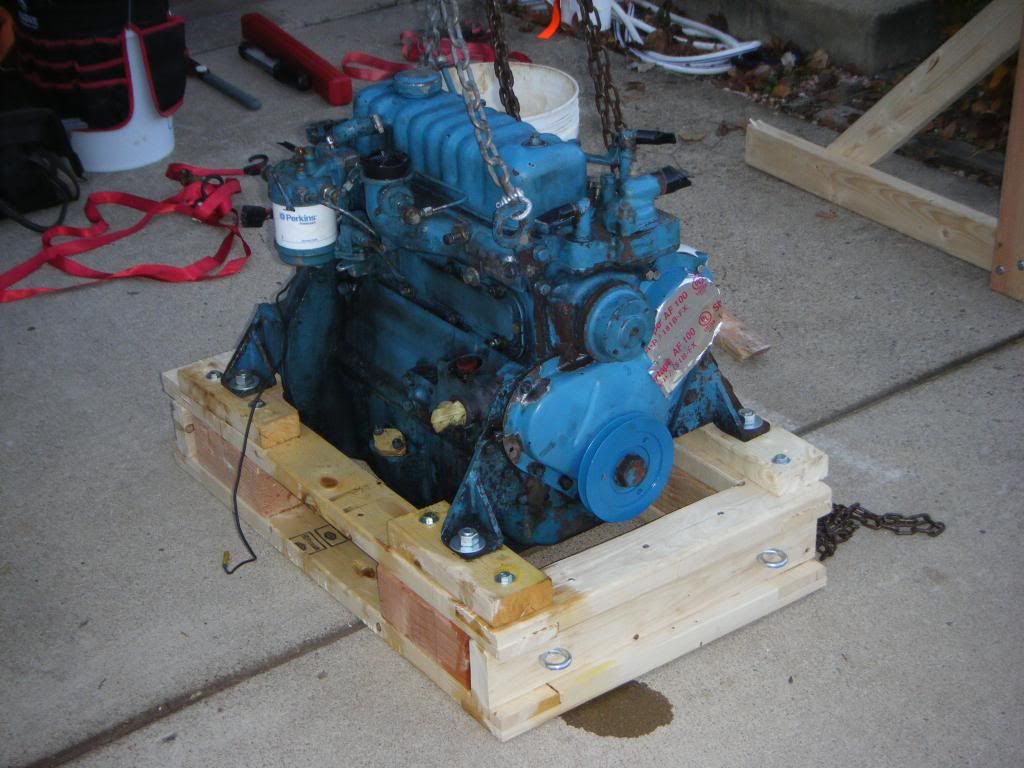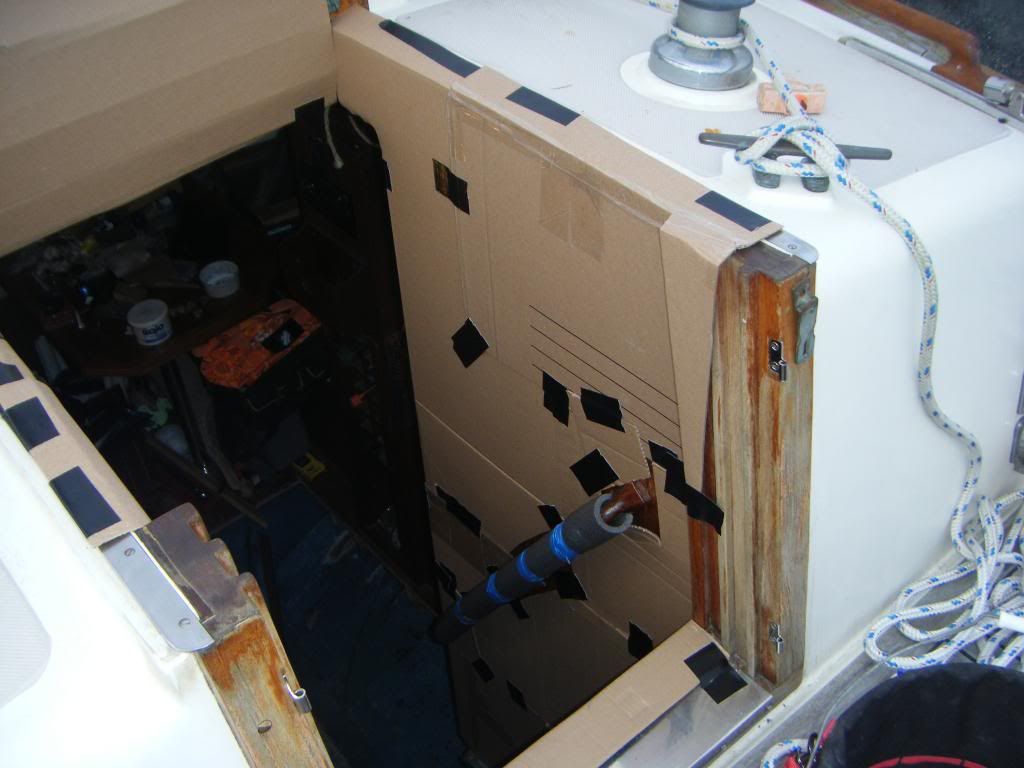Re: This Ought to Keep Me Busy...
OK, looks like we're going on the installment plan...
___________________________________________
Today's Chapter: The Measurements
So now that the engine is reduced to its many component parts, the task is to measure things to see how much wear we've got to deal with.
Starting with the data from the service manual, it's simply a matter of checking to see whether or not the parts are within acceptable ranges.
I decided to make my own series of worksheets to record the results, cutting and pasting diagrams and spec data from the service manual into an Excel worksheet. One of the quirks with the Perkins service manual is that relevant data for a particular part of the engine is located in different parts of the book; there's the nominal tech data tables, the acceptable wear limits table, the "how to" paragraphs/diagrams on what to do, etc, etc. It got a little frustrating getting referred to another part of the book (as in "...clearance should be within the range listed in table B.2"), necessitating going back to the front of the book. Better yet, it's a little more organized that a loose leafed binder and I wouldn't be tempted to make notes in the margin of the manual.
Here's an example (this one's for the crankshaft):
Two main areas needed particular attention:
o Since I was getting oil through the top end, I had to try and find out why.
o Ordering the proper sized bearings is critical -- if any previous owner had the crankshaft reground, then undersized bearings would be needed for both the main bearings and the big end bearings.
I started by making sure that the edge of my steel ruler was in fact dead flat; taking measurements where we're talking about accuracy in the 1/1,000" range it's worth the extra effort. I've got a big piece of float glass that I use with silicon carbide sandpaper to sharpen my wood chisels and plane irons -- I just flipped it over and did the same kind of thing for the steel ruler from a combination square.
My initial fear was that the cylinder head was warped. On many engines, any excessive warp can be fixed by having the head milled back flat (or "skimmed" in British parlance) -- for the Perkins, that's not supposed to be done. There is a margin of allowable error, 0.003" side to side and 0.006" front to rear.
I measured lengthwise, widthwise, diagonals, pretty much every way you could think of -- it's not dead flat, but there are no gaps anywhere larger than 0.002". Good news.
While I had the head on the bench, I double checked the other nominal data like for the combustion chamber inserts and their recesses. I intend to replace the valve guides anyway, so I ignored them.
The next piece on the table was the crankshaft. Same game, same results. No scoring or scratches, and the bearings show normal wear. The journals are all within a thou or two of nominal, so the shaft hasn't been machined, and standard sized bearings are what I'll need to order. I'll have the shaft polished just before I start reassembling the engine.
So far, the likely culprit for the leak remains undetected.
The cylinder block's up next.
Several things to check: cylinder bore liner insert wear, camshaft clearance and tappet lift, and liner clearance above the block deck.
Before I started checking bore wear, I spun a hone in each cylinder to highlight any major wear areas.
As you can see, as was expected the top two compression rings have carved out a couple of spots at the top of each cylinder. This is normal.
Using a bore gauge, I measured wear at multiple points in each cylinder.
Long story short, the nominal bore for each cylinder is 3.125"-3.126"; and acceptable wear is 0.006". With the exception of compression ring grooves, wear was well within the acceptable range (about 0.001" front to back; about 0.002" side to side.) The grooves, on the other hand, are a different story. Although they too fall within the acceptable range, they're only about 0.0015" from hitting the limit. Since I'd have to hone the bores down to the lowest (or widest) diameter, that would mean that the entire bore would be a little over a thou from being due for replacement. This is a no-brainer -- the engine's apart, so it just makes sense to replace the liners.
Measuring cam lift is a simple matter of setting up and using a dial indicator. I also double checked the measurements of the bearing journals of the shaft itself. As with the crankshaft, almost no wear was found.
The 4.108 uses dry fit cylinder liners (the 4.99 and 4.107 use wet liners). The inserts are supposed to protrude above the deck of the block to get a good steel-to-steel interface with the cylinder head while leaving room for the head gasket. The nominal protrusion range is 0.023" - 0.027". What I found was that the liner protrusion wasn't equal for each cylinder. #1 was 0.026", #2 was 0.029, #3 was 0.027" and #4 was 0.031". I think we may have identified a potential suspect...
And that, my friends, means that I'll be buying a "major overhaul kit" instead of just a "top end overhaul kit." The top end kit comes with valves, guides, and the rest of the stuff to just do the valve train; the major overhaul kit tacks on pistons and rings, liners, wrist pins, connecting rod bearings, and top and bottom gasket kits.
Next Up: The Water Pump
![Image]()















































